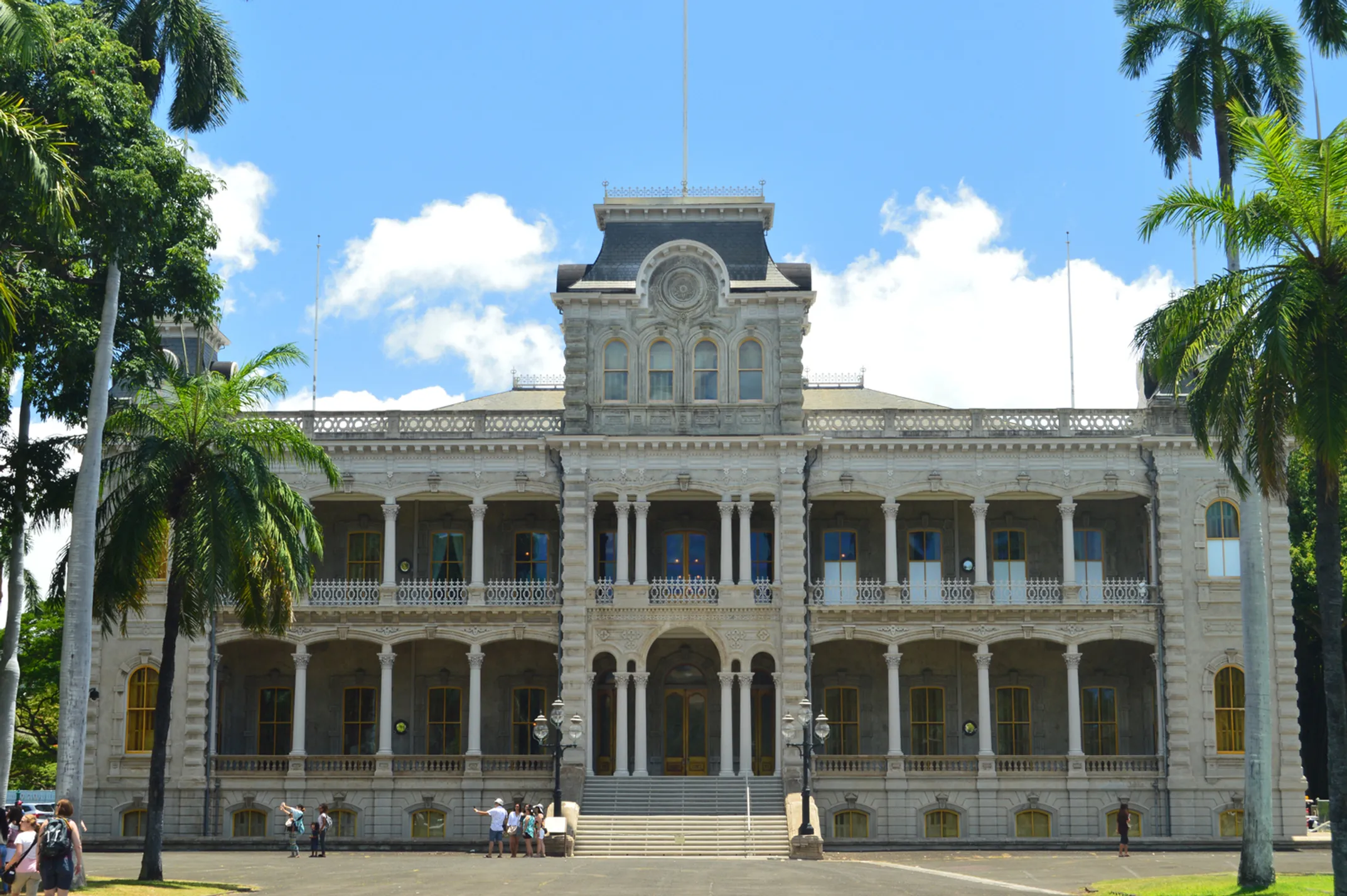

Modern Adaptations
Hawaiian Traditions in the Digital Age

Written by a Cultural Practitioner
Jade KawanuiAncestors in the iPhone: Digital Age Adaptations
Hawaiian culture has always adapted to survive. Its embrace of modern technology proves this tradition's vitality and relevance.
When COVID-19 stopped in-person gatherings, hālau went digital. Kumu hula began teaching oli and hula via Zoom. Traditional knowledge found new vessels for transmission.
The oli has been called a calabash carrying information needed for humans to live in harmony with each other, their environment, and their gods. During the pandemic, digital platforms became new calabashes. The essence remained unchanged—only the delivery method adapted.
Social media platforms now buzz with ʻōlelo Hawaiʻi education. Accounts like @ka.alala and @kumukui share authentic language instruction with global audiences. These creators aren't just teaching vocabulary. They're sharing the real voice of kūpuna and exploring contemporary issues through Hawaiian perspectives.
This represents modern cultural resistance. Indigenous language reclaims space on global platforms. Young people access their heritage through familiar technology. The reach extends far beyond what traditional methods could achieve.
Digital archives play crucial roles in knowledge preservation. The Bishop Museum's online collections, ʻUluʻulu moving image archive, and Kaniʻāina oral history repository provide unprecedented access to stories, chants, and historical records once at risk of disappearing.
I use these resources constantly in my own cultural research. Technology lets me connect with my heritage in ways my grandparents never imagined. This is digital kuleana—using modern tools to perpetuate ancient wisdom, ensuring the ʻaha extends into the future.
📱 Social Media Education
Instagram and TikTok accounts teach authentic ʻōlelo Hawaiʻi and cultural practices to global audiences.
💻 Virtual Hālau
Zoom classes connect hula students worldwide with authentic kumu during pandemic lockdowns.
🗂️ Digital Archives
Online repositories preserve chants, stories, and historical records for future generations.
🌐 Global Connectivity
Technology connects Hawaiian diaspora communities worldwide to their cultural roots.
Five Endangered Traditions Finding New Life
The Hawaiian Renaissance sparked revivals of practices nearly lost to history. These traditions prove that dedicated practitioners can bring back even the most threatened cultural knowledge.
Kapa Making
Transforms wauke tree bark into sacred textiles through labor-intensive processes of harvesting, soaking, beating, and decorating. After nearly vanishing in the late 1800s, masters like Roen Hufford, Dalani Tanahy, and Lehuauakea now cultivate plants, craft tools, and create exquisite works that honor ancestral techniques.
Kākau Traditional Tattoo
Uses hand-tapped methods with tools made from bone and wood, applying ink from kukui nut soot. Masters like Keone Nunes studied with Samoan experts to reclaim knowledge nearly lost. Today's practitioners like Kamaliʻi Hanohano and Keliʻi Makua continue this sacred art that marks genealogy and spiritual commitment.
Kōnane Board Game
Challenges players with complex strategy on stone boards using black and white pebbles. After missionary suppression due to associated gambling, cultural educator Uncle John Kaʻohelauliʻi leads its revival, teaching the game as lessons in sustainable resource management versus Western consumption patterns.
Ulana Lau Hala Weaving
Transforms pandanus leaves into everything from sleeping mats to canoe sails through intricate plaiting techniques requiring patience and skill. Communities of weavers and shops like Kimura Lauhala Shop showcase dozens of local artisans keeping this practical art alive.
Loko Iʻa Fishpond Aquaculture
Represents sophisticated sustainable food systems integrating with entire watershed cycles. Organizations like Paepae o Heʻeia and Hui o Kuapā lead community efforts rebuilding rock walls, removing invasive species, and restocking ponds, restoring not just food sources but complete cultural and ecological systems.
🧭 Traditions Guide
📲 Digital Resources
- Bishop Museum Online
- ʻUluʻulu Archive
- Kaniʻāina Oral History
- Language Learning Apps
- Virtual Hālau Programs
🔄 Revived Traditions
Bark cloth textile art
Traditional hand-tapped tattoos
Strategic board game
Pandanus leaf crafts
Sustainable aquaculture
👥 Modern Masters
- Keone Nunes (Kākau)
- Roen Hufford (Kapa)
- John Kaʻohelauliʻi (Kōnane)
- Kimura Lauhala Shop
- Paepae o Heʻeia
The Renaissance Continues
The Hawaiian Renaissance of the 1960s and 70s never really ended. It simply evolved. What started as political and cultural activism has become a sophisticated movement combining traditional knowledge with modern tools.
Then: Protest and Revival
The original Renaissance focused on stopping cultural erasure through protest, language schools, and cultural centers.
Now: Integration and Innovation
Today's practitioners seamlessly blend ancient wisdom with digital tools, reaching global audiences while maintaining authenticity.
This is how culture survives in the 21st century. Not by refusing change, but by adapting while keeping the core intact. The ʻaha stretches across oceans now, connecting Hawaiian hearts worldwide through fiber optic cables and satellite signals.

